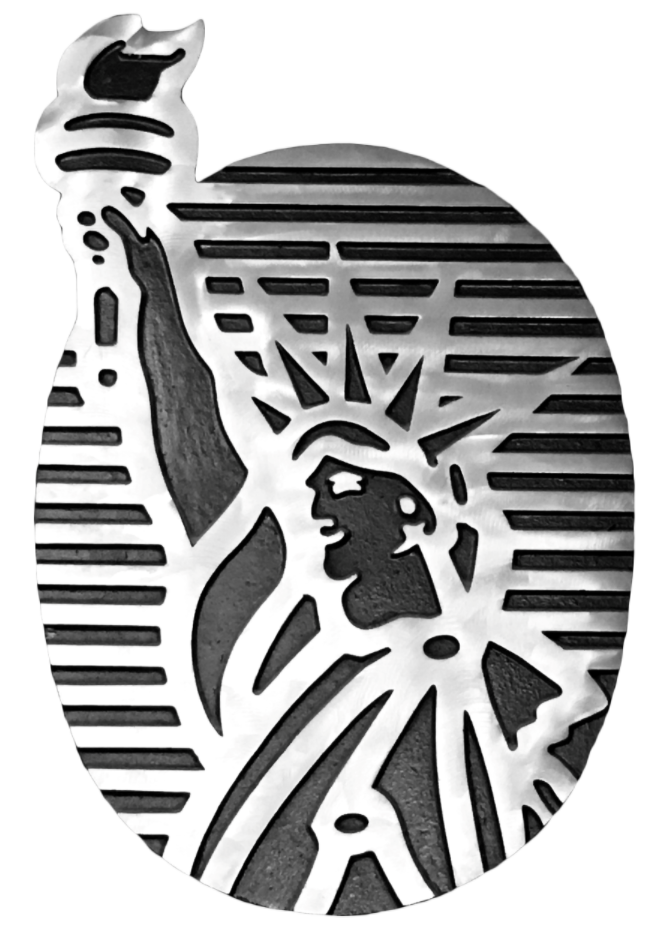Blockchains Can Be Public, Private, or Federated
 Posted On
Posted On
Bitcoin was the first to bring Blockchain technology to the world, and with the rise in popularity of cryptocurrencies, Blockchain technology is gaining additional features and applications every day. However, there are various types of this technology. There are three sorts of Blockchain in general:
Blockchain for private use
Federated Blockchain Public Blockchain
Other varieties of Blockchain exist, such as public-permissioned Blockchain and private-permissioned Blockchain, which we will not discuss here.
What Is a Public Blockchain, and How Does It Work?
As the name implies, public Blockchain is for the use of the general public, and anyone can read or write on it. Because everyone may view it at any moment, this sort of Blockchain offers a high level of transparency. However, given the nature of this Blockchain, one question that comes to mind is how are decisions made? To respond to this topic, we must first understand Blockchain protocols like as PoS and PoW. Anyone can mine or make transactions in the Bitcoin and Litecoin Blockchain networks, for example.
What Is a Private Blockchain, and How Does It Work?
Companies can construct their own private Blockchain to ensure the security and confidentiality of their information. Participants in a private Blockchain must be granted access and validated over the network. This network is referred to as a “permissioned network,” and access to it is limited. Even those with access to a private Blockchain are limited in what they may do. Certain people, for example, can carry out specific transactions. As a result, an additional layer of security is built across the network.
It can be difficult to understand, particularly when you’re in the initial stage of exploring. This guide to Blockchain Glossary lingo to assist you in navigating the exciting new frontier of Web3.
Other participants or observing authorities set the regulations for the participants. Everyone who is a part of this network contributes to the creation of this decentralized network. This has prompted some to believe that such a private network cannot be named Blockchain since it contradicts the specifications of Blockchain provided by Bitcoin and is not genuinely decentralized.
What Is Federated Blockchain, and How Does It Work?
The majority of the similarities between federated and private Blockchains exist. In a private Blockchain, you won’t be able to access it unless your identity as a network user is verified, and only one person or organization can set these permissions. Private Blockchains are more commonly utilized by businesses who only want to see their own transactions. The third set of Blockchains, federated Blockchains, is introduced in response to these questions, which focus on the main feature of Blockchain, which is its decentralized nature.
Instead than relying on a single person or organization to determine permissions, federated Blockchain makes use of multiple organizations, resulting in a decentralized network. A federation is the name given to these groups. Federated Blockchain is more commonly employed in areas such as financial services, supply chain management, and data protection.
Let’s use an example to demonstrate the point. The federation is made up of ten nodes (for example, ten banks) in the network. One node is picked as the default among these 10 organizations in order to be able to perform network changes. These nodes have the ability to read and write transactions, as well as limit other users. Can they, however, add a block to the database on their own? This is a no-answer question. All nodes in the network must confirm a block before it can be added to the database. It will not be allowed to add a new block to the network if one node in the network does not confirm it. In the private Blockchain, this feature is not available. This Blockchain’s decision-making mechanism is based on voting.
What Are the Benefits of Federated Blockchain Over Other Blockchain Types?
Although public Blockchain offers a high level of security, it lacks speed when a significant number of users are added to the network. Private Blockchain, on the other hand, has a high speed but is not a true decentralized network. As a result, the issues that exist in a centralized system also exist in this Blockchain. Then there’s the third sort of Blockchain, which has none of the other two types’ flaws while also creating a decentralized system.
Increased Speed
One of the criticisms levelled at the public Blockchain is its slowness. Some transactions are difficult to complete due to the slow speed. Because not everyone has authority to add a block to the federated Blockchain, the network is substantially faster than the public Blockchain.
Scalability
There is no scalability issue in a federated Blockchain because the number of nodes used for authentication and validation is always under control. To get access to the local network, these nodes must go through a series of steps. As a result, everything in this network is in check.
Transactional Costs Are Lower
Though the public Blockchain claims to be cheaper, this is not necessarily the case. As previously stated, as more people join the network, transactions become slower. As a result, the problem becomes more sophisticated, resulting in higher transaction costs. The transactions in the federated Blockchain, on the other hand, are simpler and speedier. As a result, transaction costs will be substantially cheaper in the long run.
Consumption of less energy
Mining consumes a lot of energy, and the amount of energy required for mining is increasing all the time. If this trend continues, it will be difficult to obtain the necessary energy. For authentication, Federated Blockchain only utilizes a specific number of nodes. As a result, it’s far less computationally demanding and uses a lot less energy.
Ripple Is a Successful Federated Blockchain Example
Ripple is a prototype for a federated Blockchain that retains its centralized structure while being decentralized. Ripple just got an honorary degree from the world’s largest financial institutions, as well as other accolades. These prizes were for X quick and X current financial systems, which are currently in use by a number of banks throughout the world.
What Does the Future Hold for Blockchain?
Federated Blockchain has the potential to improve the mechanism of Blockchain programs. Customers will gain in the long term as organizations may now communicate information at a faster rate with less anxiety. Although federated Blockchain has a long way to go, utilizing only one type of Blockchain is not a good idea, because each of these types offers advantages over the others based on the industry in which they are utilized.
Written by Pooyan Ghamari
Founder of Counos Platform
Other projects;











